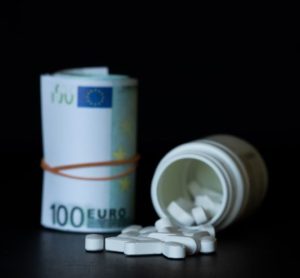Interchangeability of biosimilars in the EU – the industry impact
In a reversal of approach, EU medicines regulators have for the first time published a statement supporting the interchangeability of biosimilar medicines in the EU. Here, Marie Manley and Chris Boyle from Sidley Austin LLP explore what this could mean for biopharma companies.


































